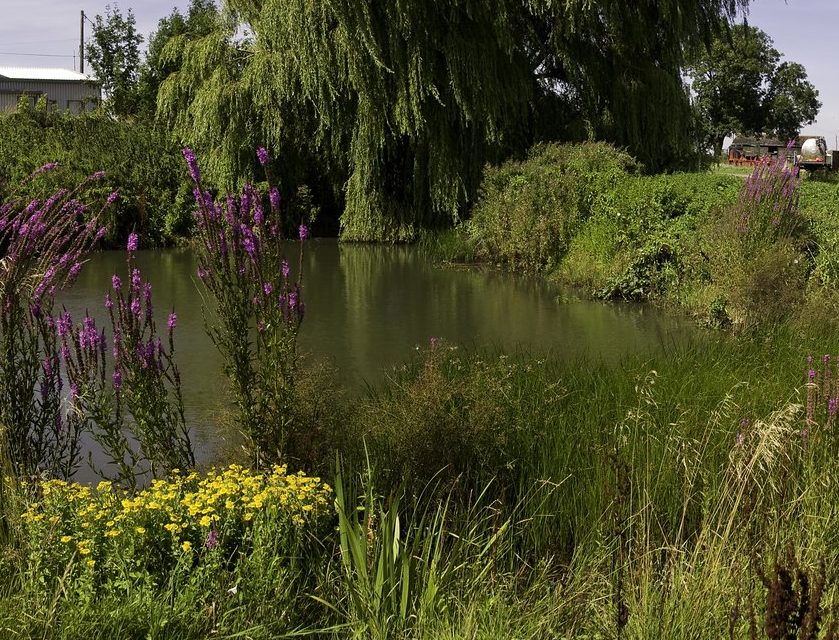Suggested Sowing Rates
15kg/ha 6kg/acre 1.5g/m2
Description
Pond edge mixture EP1F contains wild flowers suitable for sowing at the wet margins of ponds, streams and ditches.
Ground Preparation
Endeavour to select ground that is not highly fertile and does not have a problem with perennial weeds.
Sown seeds will require open bare ground if they are to germinate and establish successfully. On newly created pond margins and other features, seed can be sown on to soil exposed during earth moving. Around established wetland, patches of vegetation can be stripped to expose soil as part of the ongoing management described below.
Sowing
Sowings on ground prone to winter flooding are safest either in spring or summer once the land has drained. Most plants need time to grow mature enough to withstand flooding.
The seed must be surface sown and can be applied by machine or broadcast by hand. To get an even distribution and avoid running out, divide the seed into two or more parts and sow in overlapping sections. Do not incorporate or cover the seed.
First Year Management
In the first year annual weed growth may be cut back to encourage the development of a good perennial ground cover. Establishment on sites prone to flooding may be patchy and may take several years to fully colonise.
Management Once Established
The habitat value of pond edge sowings is enhanced if there are a variety of vegetation structures from dense tussock stands to bare and recently colonised mud. Management of these wetland areas should therefore aim to create variation with minimum disturbance to animal populations.
Variation in structure can be achieved by cutting back and removing short sections of vegetation every 2-3 years in rotation. In ditches, cut out sections and /or work from one bank each year. With ponds, remove vegetation as a wedge, like removing a slice of cake. Dense stands of single species (eg yellow iris) may benefit from selective thinning. Vegetation removal causes the least disruption to wildlife when carried out between September and November. On larger sites light grazing by cattle or horses in late summer can be used and is less disruptive than mechanical clearance. Machines and heavy equipment should be used with care on wet sites to avoid damage to soil and vegetation.
Wet grassland which only occasionally or seasonally floods can be managed as meadow or grassland.
In marginal wetland zones the water levels in the soil are never more than 50cm below the surface but only occasionally submerge the plants growing there. New ponds constructed with liners often have very narrow margins (less than 1 metre wide) unless wider, gently shelving edges are designed in from the outset.
Embankments away from the water’s edge are often well drained. These are best seeded with a meadow mixture appropriate to the soil type.
Establishment of emergent pond vegetation (eg reeds) and other aquatic plants is best achieved using plants.


